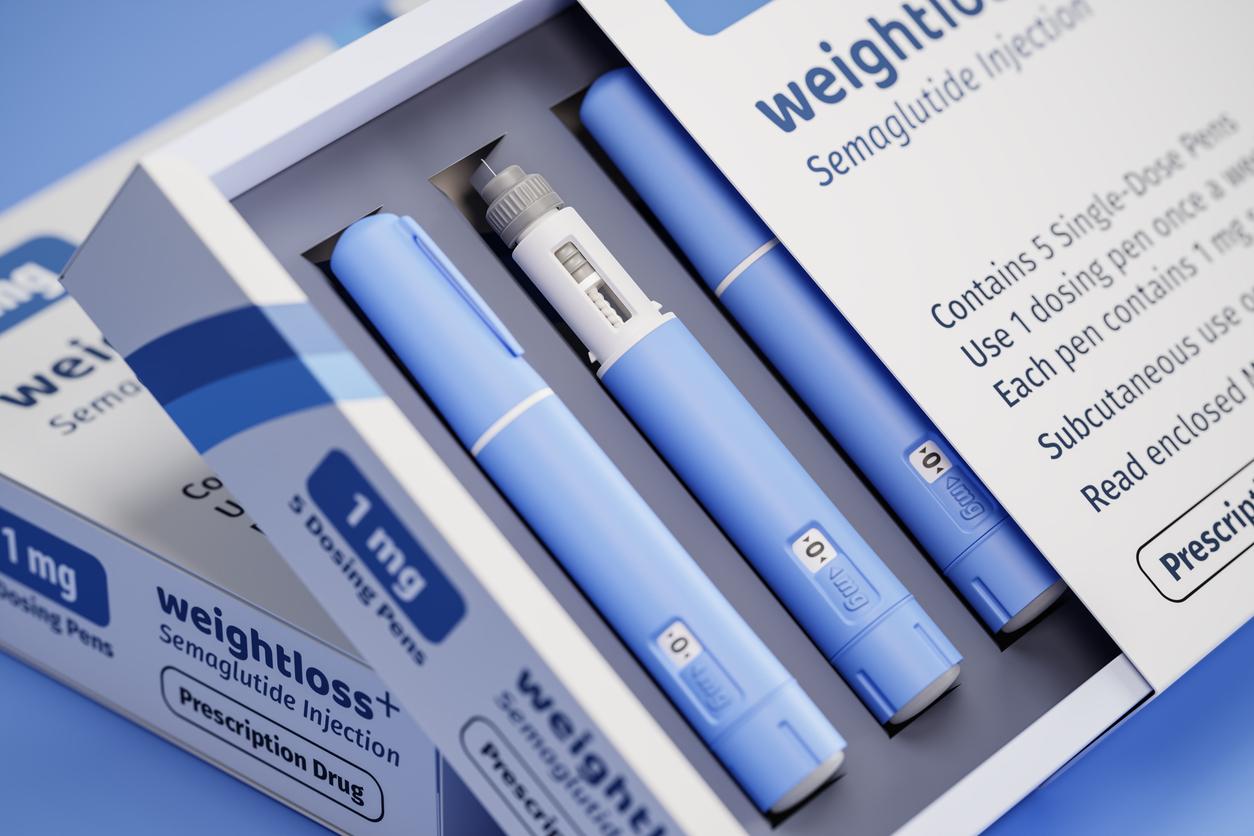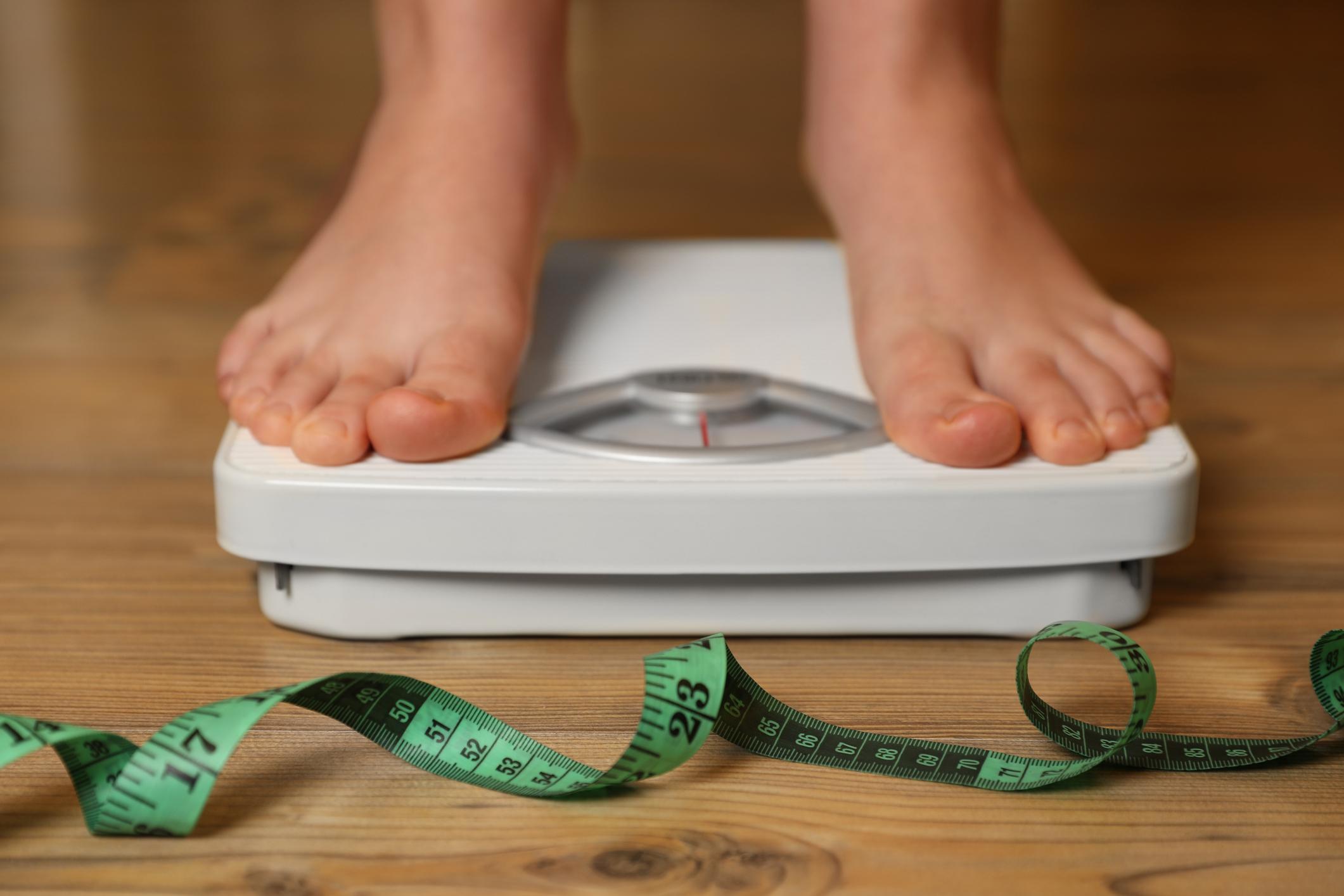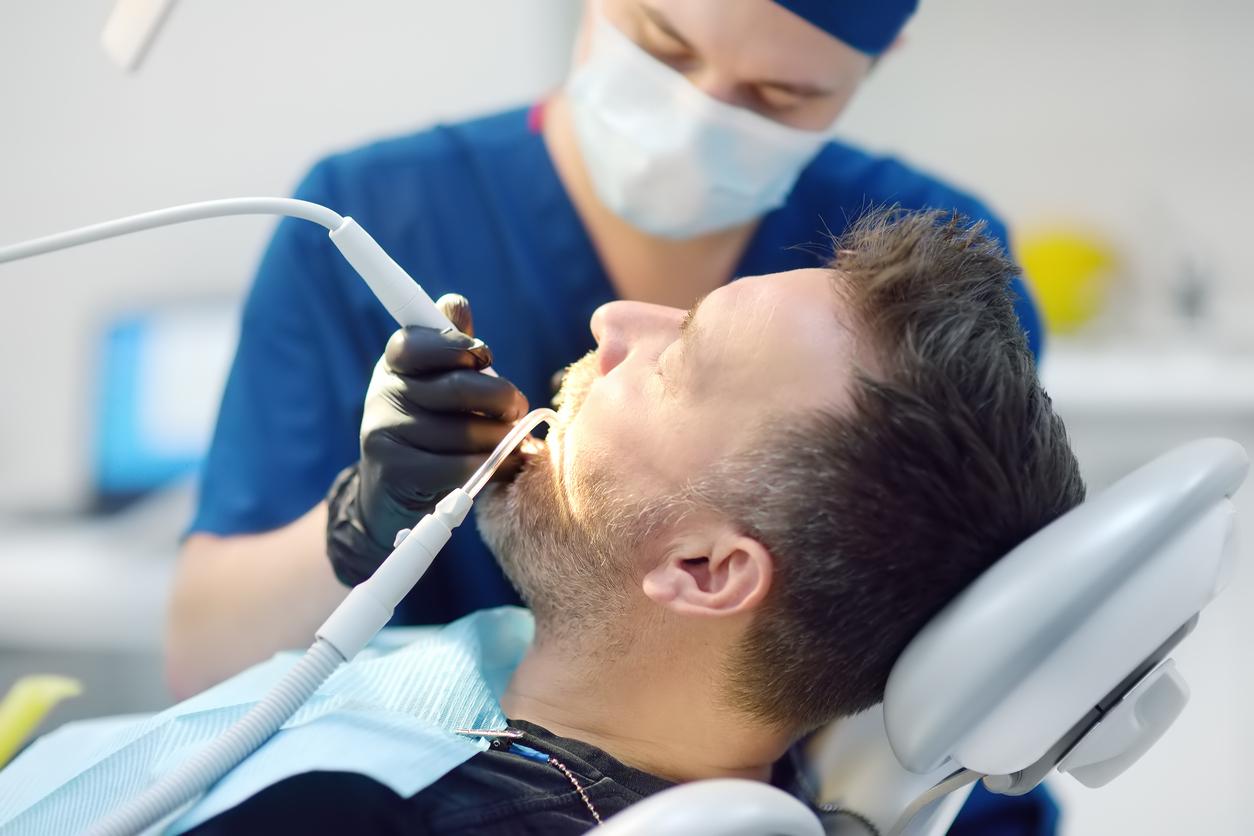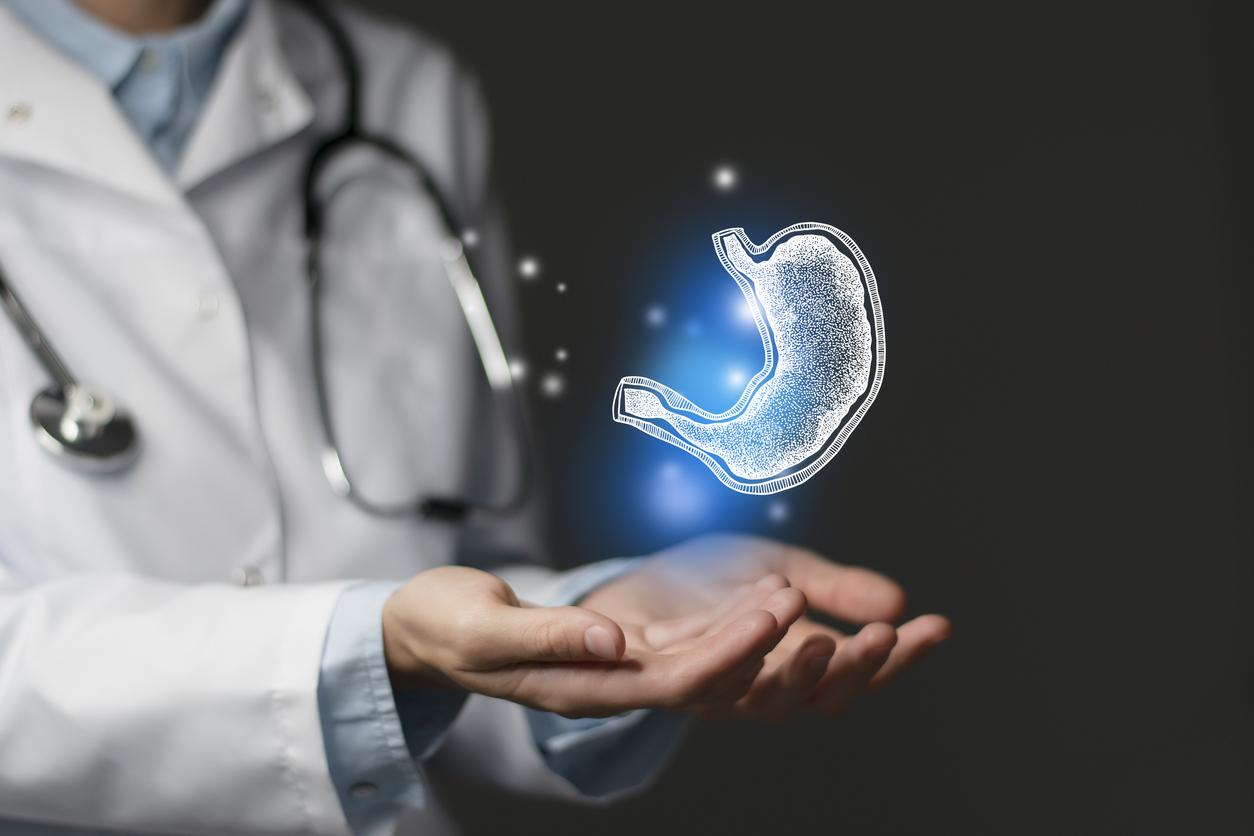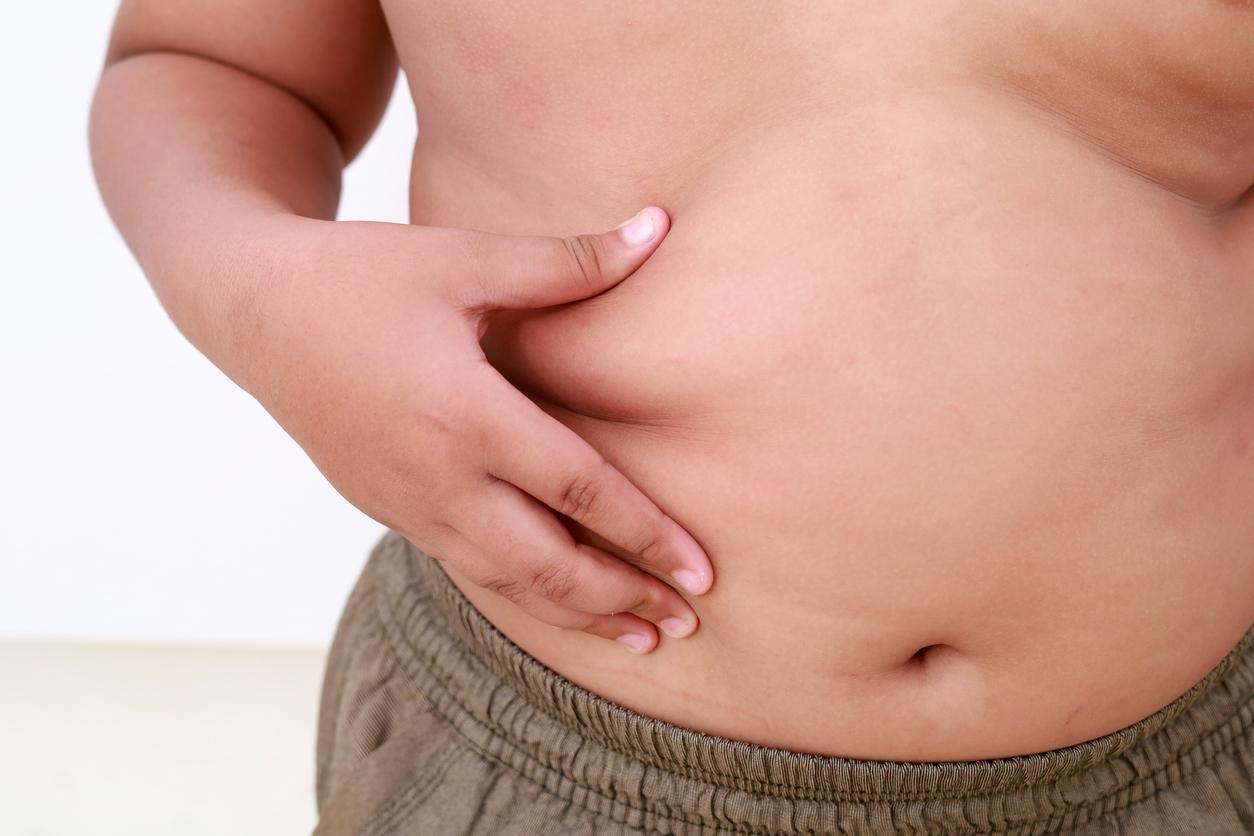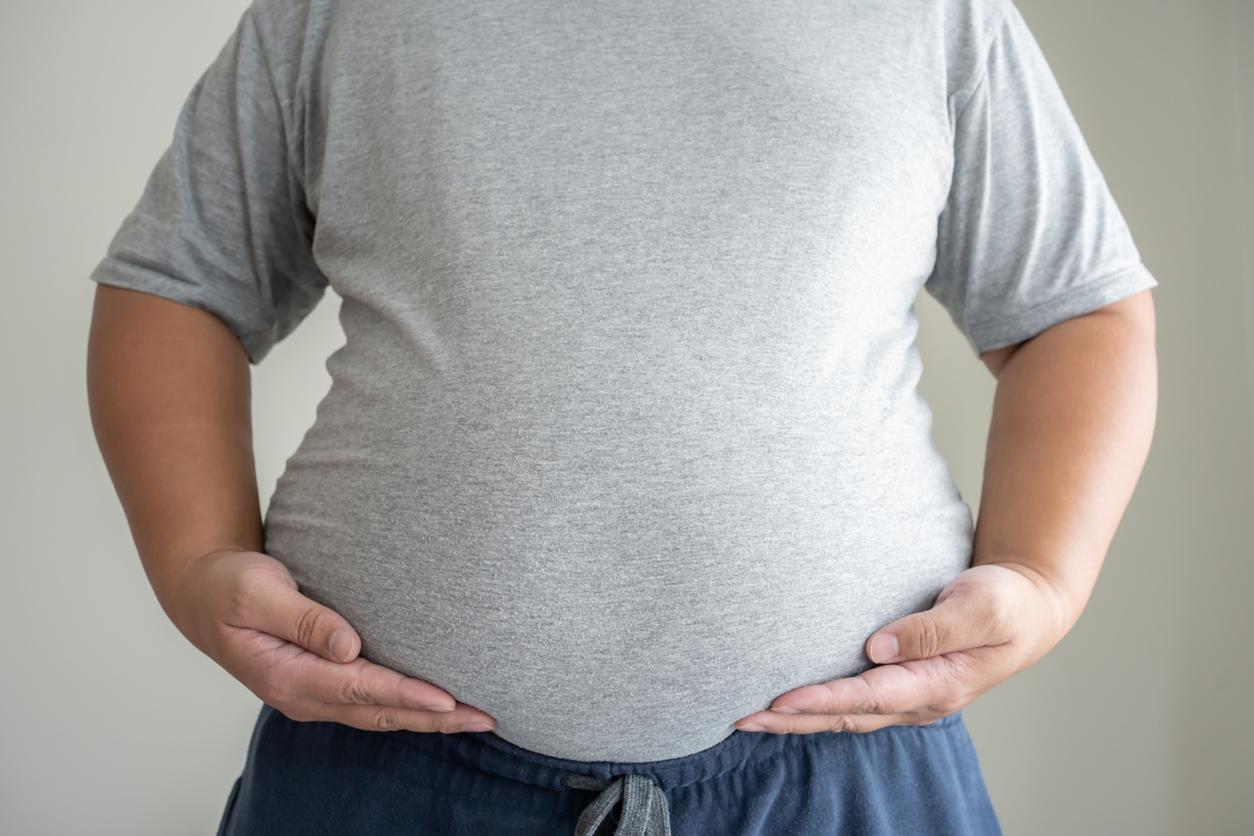On this Friday, March 4, World Obesity Day, the High Authority for Health (HAS) publishes a guide to optimize the course of care for overweight children and adolescents. Objective: to provide comprehensive and multidisciplinary care.
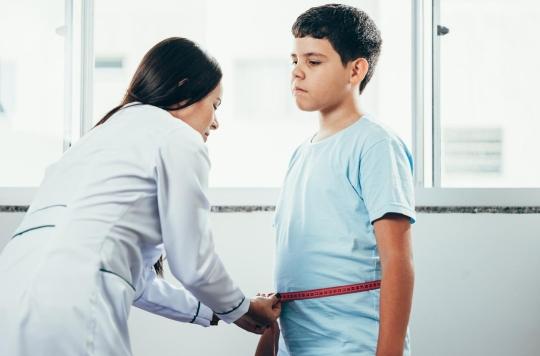
- Globally, according to the World Health Organization (WHO), 29% of boys and 27% of girls are overweight, 13% of boys and 9% of girls are obese.
- Also according to the WHO, Covid-19 could potentially amplify the growing obesity of children in European countries.
In France, according to the National Institute of Health and Medical Research (Inserm), childhood obesity affects 16% of boys and 18% of girls. Although these figures have been more or less stable for the past ten years, they nevertheless remain worrying.
A guide for parents and healthcare professionals
Because overweight and obesity occurring during childhood and adolescence will have consequences on future health, exposing young people who suffer from it to breathing difficulties, an increased risk of fractures or even high blood pressure. The risks are not just physical. According to the High Authority for Health (HAS), “Children who are overweight or obese are generally less fulfilled, have a poorer body image, are more often bullied and may have poorer school results”.
It is for all these reasons that HAS is mobilizing to optimize the course of care and support for the children and adolescents concerned. Because obesity and overweight constitute a real public health issue, HAS publishes a guidein connection with the interministerial roadmap on obesity, enacted for the period 2019-2022, and intended for health professionals, as well as parents.
Take into account the lifestyle of the child
The objective of this guide is clear, according to the HAS: “implement a multidimensional assessment that understands the situation beyond the body mass index (BMI), making it possible to offer personalized responses”. Thus, in addition to taking into account the BMI and the growth curve to detect childhood overweight and obesity early, the independent public authority recommends supplementing this diagnosis with other methods. “Weight gain can be symptomatic of suffering in the form of a ‘call for help’ that it is essential to hear”recalls the HAS.
For optimal care, it is therefore essential to take the child’s lifestyle into consideration in order to quickly identify any psychological, social or academic difficulties. Hence the importance of implementing “a multidimensional assessment that apprehends the situation beyond the body mass index (BMI), making it possible to offer personalized responses”underlines the HAS.
Carried out by the attending physician, this assessment requires a long consultation carried out if necessary in two stages: with the parents, then the child alone, specifies the HAS. At its conclusion, the health professional will then direct the family to other specialists. This coordination is essential to complete the assessment and thus offer a personalized approach to care and support for the child or adolescent, as well as his or her family.
Guidance into adulthood
Finally, HAS insists on the need to carry out this support over a long period of time in order to prepare “the important transition to adulthood and the shift from pediatric to adult care”. The issue is crucial to prevent this obesity from becoming permanent. Indeed, the probability that a child will remain obese in adulthood varies from 20 to 50% before puberty, but climbs to 50 to 70% after puberty. “Prepared long before the first consultation in adult care, this transition must help the adolescent to take care of himself and his health as independently as possible. Health professionals must gradually evolve their relational approach with the young person and explain the importance of this preparation to parents”concludes the HAS.
A second guide, this time dedicated to the care pathway for overweight or obese adults, will soon be posted online.

.








